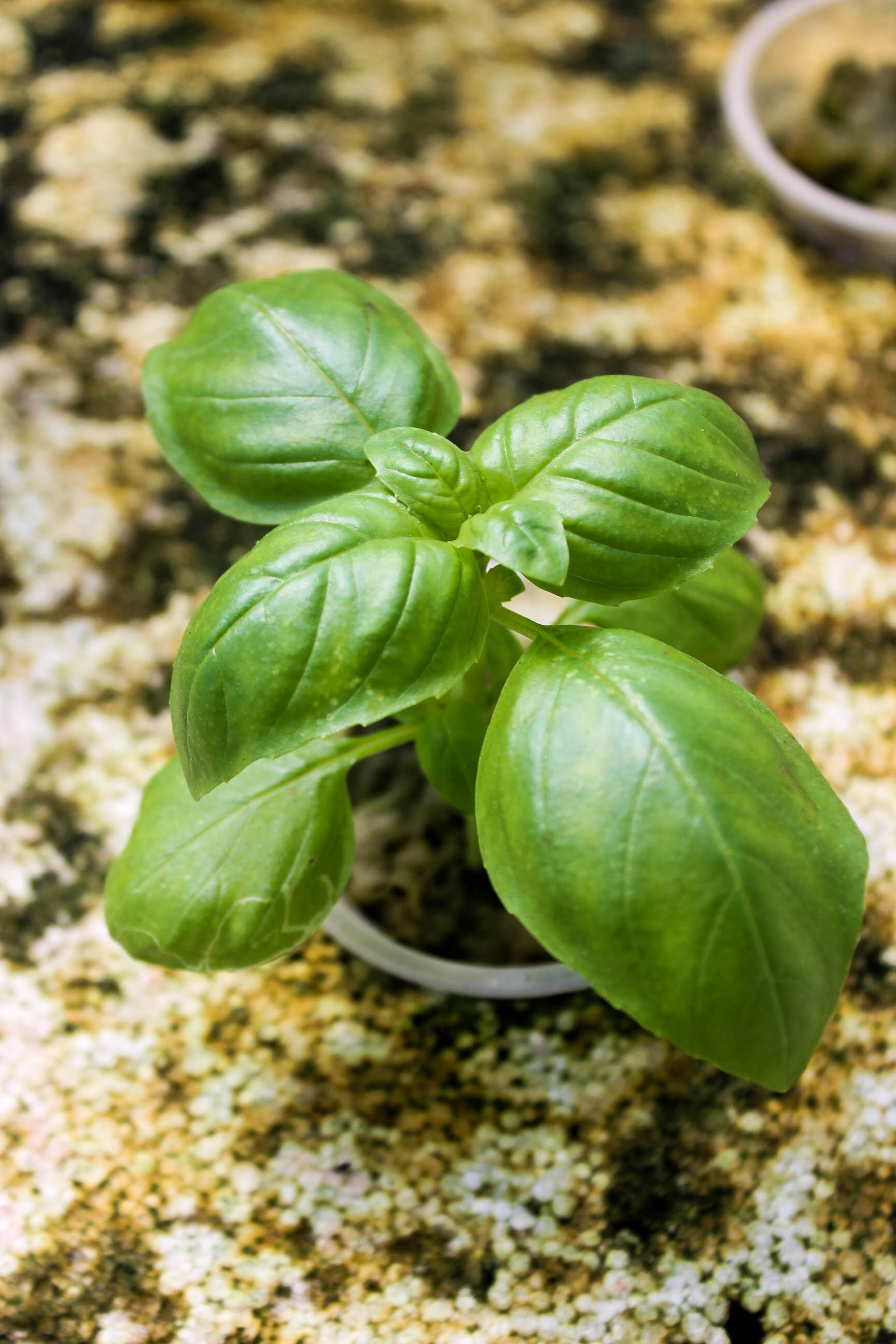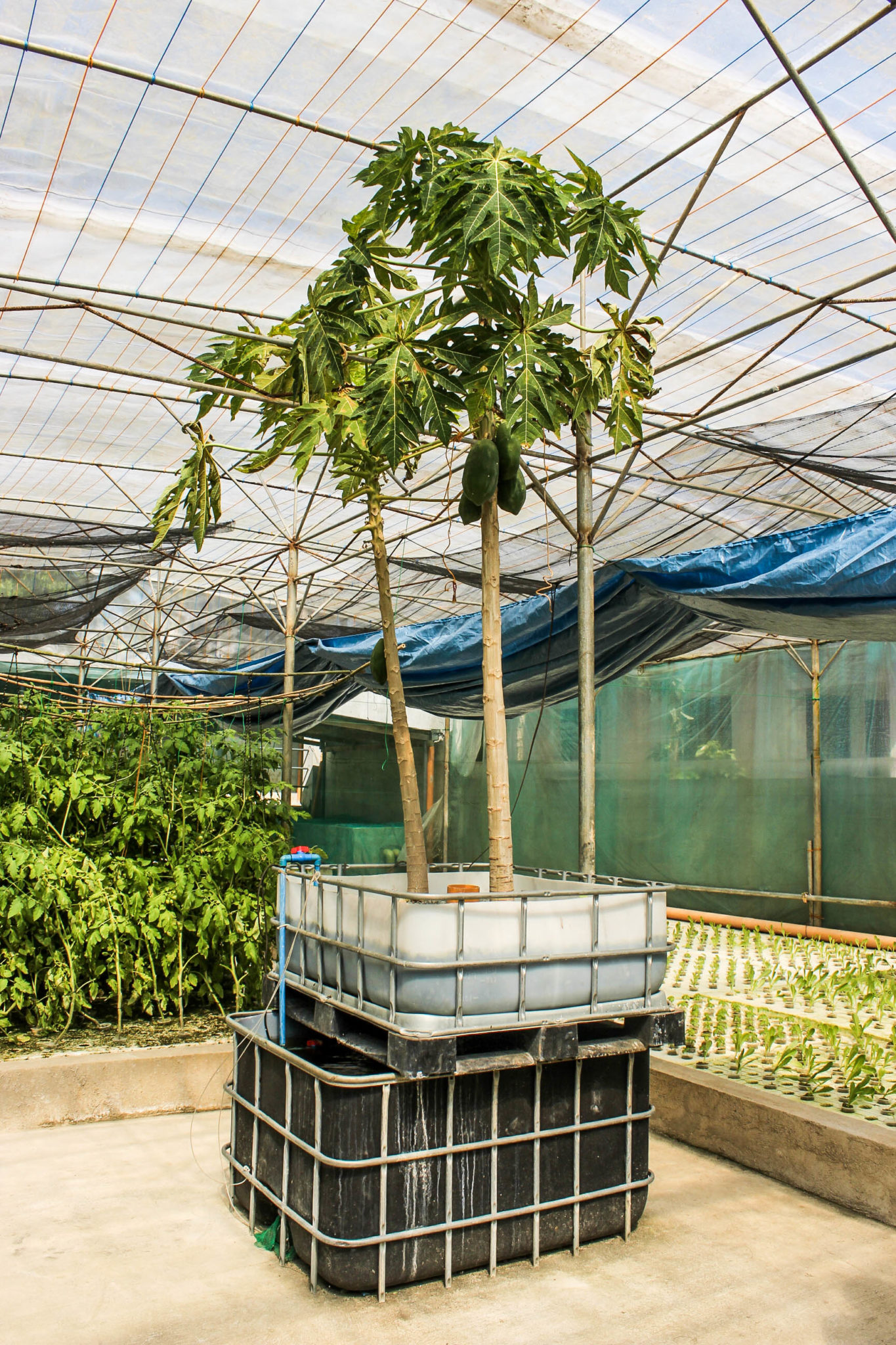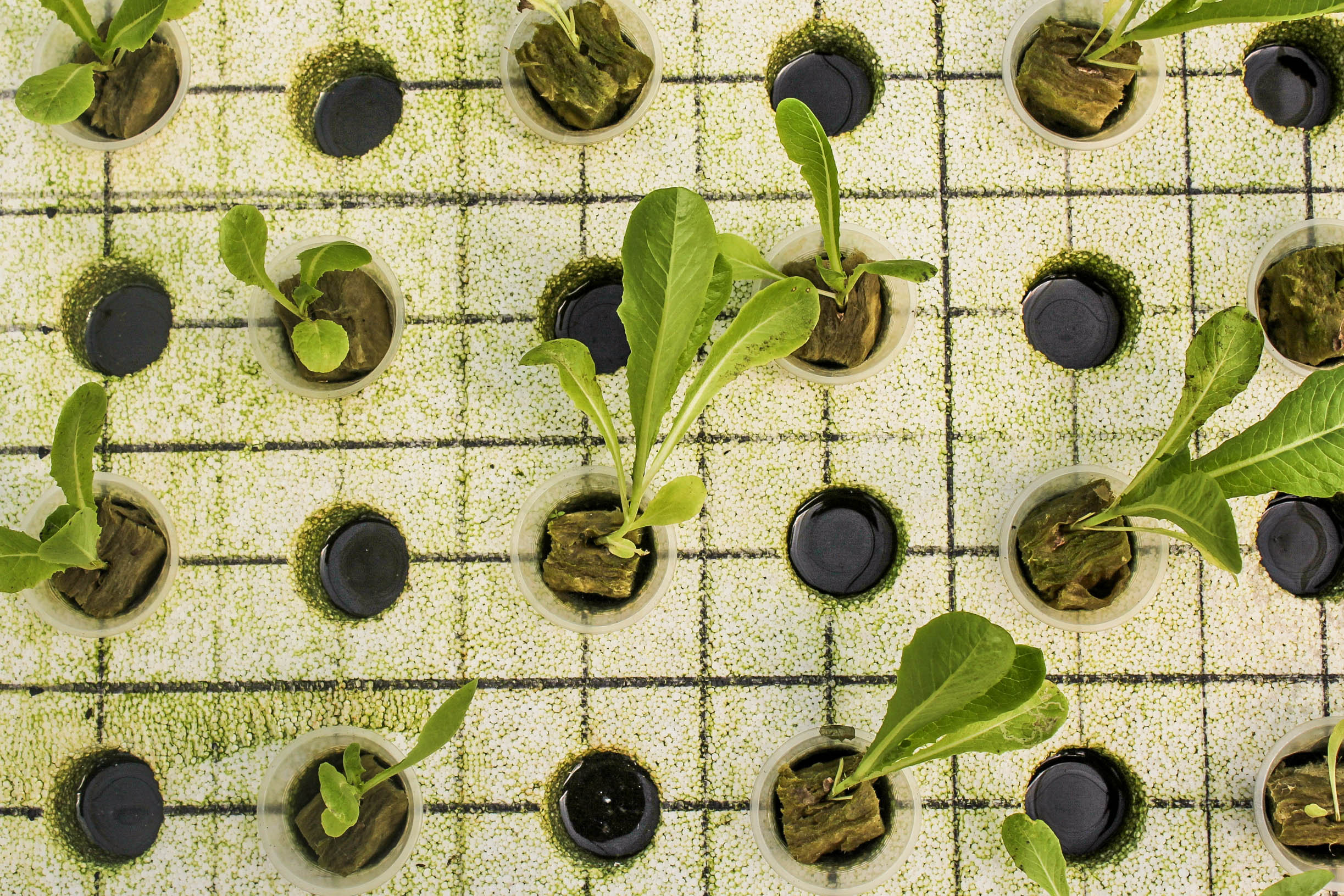Leaving the hustle of the big city to set up a farm is easier said than done.
These are things that most can only dream of, but for Franz Chung and Melai Geronimo, they made it their reality. Sometime in 2017, the two founded Basilio’s Aquaponics Farm, which sits in the heart of Barangay Lumil in Silang, Cavite.
More than just a traditional farm, Basilio’s adopted the modern agricultural practice that utilizes both fish and plants. While the concept was formed ages past, it’s only recently that it’s been adopted on a larger commercial scale. Aquaponics, a sustainable and efficient system, may be the future of farming.

Breaking down aquaponics
A modern method of farming that combines aquaculture (fish farming) and hydroponics (soilless plant farming), aquaponics solves the two main problems posed by aquaculture and hydroponic systems. Both are faced with the challenge of buildup of fish waste (in aquaculture) and salt and chemicals (in hydroponics).
Aquaponics presents a solution to both of these challenges as it relies on the symbiotic relationship of the fish and plant environments. In an aquaponics system’s circular water system, the ammonia of fish waste is broken down by the biofilters’ nitrifying bacteria into nitrites, and then nitrates, which become nutrients for the plants. The plants then naturally filter the water as it returns to the fish habitat.
In simpler terms, fish feces becomes plant food and in return, the plants clean the water for the fish. The water that cycles through the system becomes the medium of aquaponics’ symbiotic relationship between fish and plants.

It’s a win-win situation for all elements involved, especially since you can farm both fish and plants through aquaponics. Not only is it water- and waste-efficient, aquaponics is also space-efficient and can be adopted in any terrain or environment as it’s completely controllable.
Basilio’s Aquaponics Farm is currently using the floating raft system in which plants are grown in small pods and feed on the nutrient-rich water underneath. The raft system houses leafy greens such as romaine lettuce, red and green frillice lettuce, lollo rossa lettuce, heirloom tomatoes, beefsteak tomatoes, cherry and plum tomatoes, okra, basil, arugula, and more. By nature of aquaponics, the fresh produce grown in Basilio’s have a crispier texture compared with regular grocery vegetables. Not to mention, the taste is also more potent than crops grown the traditional way.
As for their fish, Basilio’s raises black tilapia, red tilapia, and red belly pacu (of the same family as the piranha). The agricultural startup is also experimenting with a gravel grow bed system where they’re currently growing papaya trees that are successfully fruiting.

Win-win situation
Seeing as aquaponics relies on water, it’s easy to assume that a lot of water flows in and out of the ecosystem. On the contrary, the water is actually reused and recycled as it circles around the facility, with none of it going to waste.
“By virtue of being an aquaponics system, we’re conserving a lot of water,” explains Chung. “Right now, we’re not experiencing any sort of evaporation, and the only water we can consume are what the plants are drinking.”
Beyond water conservation, Basilio’s is working on making every facet of their facility sustainable.
“We compost all our biomass. We don’t use any synthetic fertilizers or chemicals so there’s no threat of toxic chemicals leaching to the water table or harming the environment. We’re also using mokusaku (Japanese wood vinegar) as natural plant boosters, fungicides, and pesticides,” says Chung.
“The great thing about aquaponics is after you have the basic concepts down, you can miniaturize it to as small as you can,” Franz Chung explains.
As Chung discusses the sustainable nature of aquaponics, he notes how sustainability should be holistic and benefit the entire community. In line with that, Basilio’s patronizes local mom and pop stores, purchasing their seeds from smaller distributors and sharing compost (a natural fertilizer) with smaller farmers in order to support the community.
But it’s not only tangible things that Basilio’s is sharing with the community. On a grander scale, they’re sharing knowledge gained from experience to visitors interested in setting up their own aquaponics system. Chung recounts a barrio doctor who was looking for a way to feed her community. Hailing from a mining town, their soil wasn’t fertile enough for crops, making aquaponics a possible solution to their dilemma. Another visitor was a farmer from Cotabato aiming to increase his volume of crops despite his small plot of land.
“The great thing about aquaponics is after you have the basic concepts down, you can miniaturize it to as small as you can,” Chung explains. Considering that it can be set up in any environment, aquaponics on a grand scale may very well be an answer to the challenges faced by soil-deficient mining towns, farmers of small plots of land, and more.

Basilio’s roots
For Chung and Geronimo, the entire project began as a test farm for the two agriculture enthusiasts with no background in farming.
“We wanted to implement all the theories we’ve been learning about aquaponics and we wanted to do all our experimentations before we started large-scale production,” says Chung.
Before going into agriculture, Chung was based in Bonifacio Global City with a desk job far from the farm. It was on his apartment balcony that the beginning of Basilio’s took root.
“It started as a small hobby for me; I used to live in a condo so we didn’t have a lot of space, let alone have a garden. I really disliked having to buy a big pack of fresh basil or thyme just to use a small amount for a dish because it was expensive and it was a huge waste. I decided to experiment with a small 0.5 x 0.5 meter setup and I planted herbs and grew a few tilapia,” says Chung.
But what started out as a hobby became much more to Chung and his partner Geronimo. “Later on in my corporate career, I realized that I still have time to take a risk and do something I am passionate about. I decided to take all my savings and move out of the city and start an aquaponics farm with Melai.”

At the onset of Basilio’s conception, the farm was producing products for major restaurants and hotels in Alabang. But as any startup knows, challenges are inevitable when setting up a business or in this case, a farm. Basilio’s was hit by a brown leaf spot blight, a natural occurrence when farming leafy greens. Instead of using synthetic fungicides to overcome the hit, Basilio’s decided to keep things completely clean and organic. It took them eight months to recover, but they gained both experience, wisdom, and a new batch of crops in the aftermath.
To serve as a reminder of their mission, Chung and Geronimo adopted Geronimo’s grandfather’s name “Basilio” for their farm. A rice farmer from Cagayan Valley, Basilio never used chemical fertilizers or synthetic inputs for this produce. It was not a conscious effort on his part—it simply was the way of things in the past.
“We wanted to adopt his name to serve as a reminder that an all-natural, chemical-free method of farming is still possible,” says Chung.
As they found out, farming is all hard work and endless patience. It’s the foundation of the food industry, if not the nation as a whole. With the average age of the Filipino farmer increasing, young farmers (of both traditional and modern practices) as well as innovative approaches to farming are what the country needs today.
While Basilio’s might just seem like a humble aquaponics setup down South, it’s part of the greater picture of the Filipino farming community that thrives off young blood and modern methods in these changing times.





